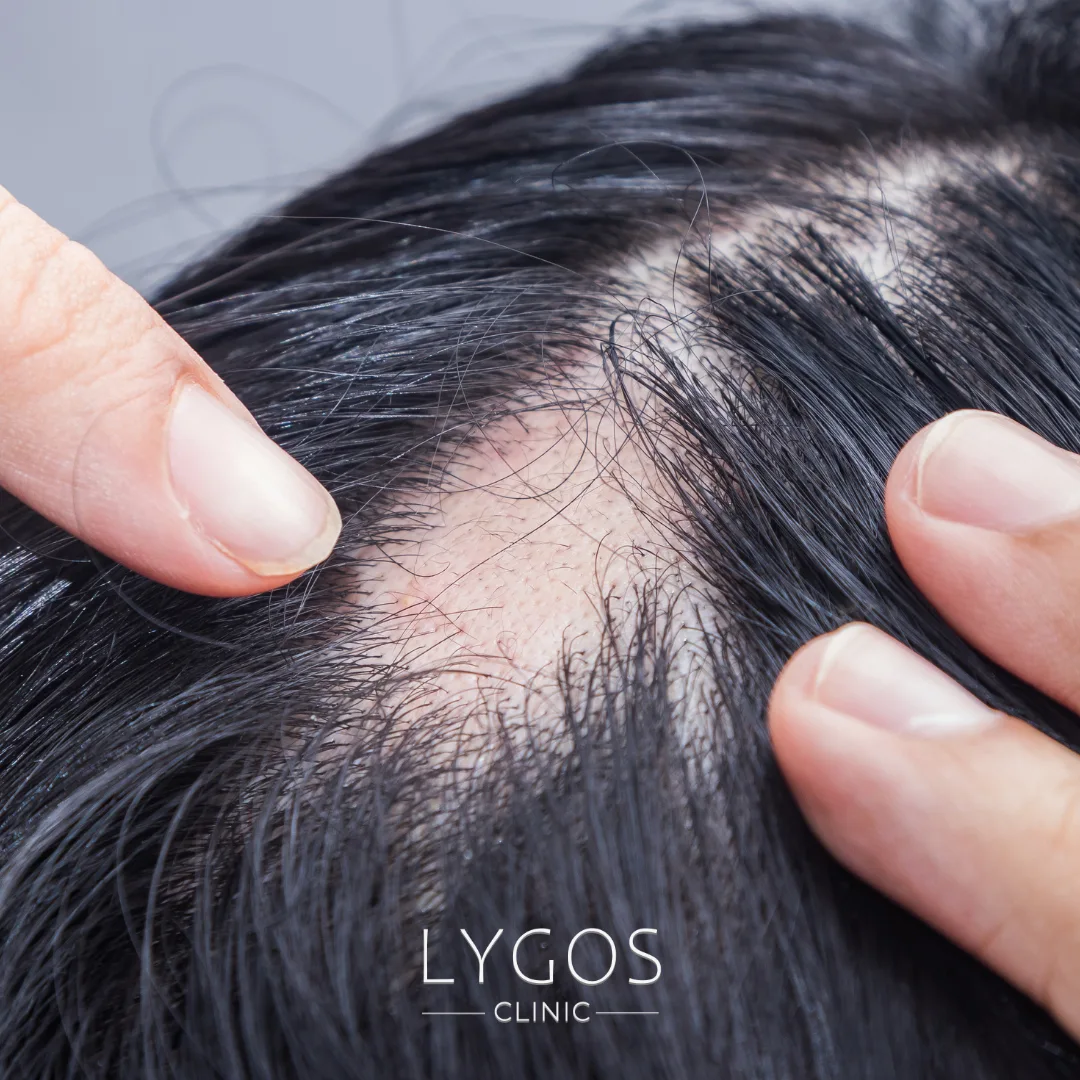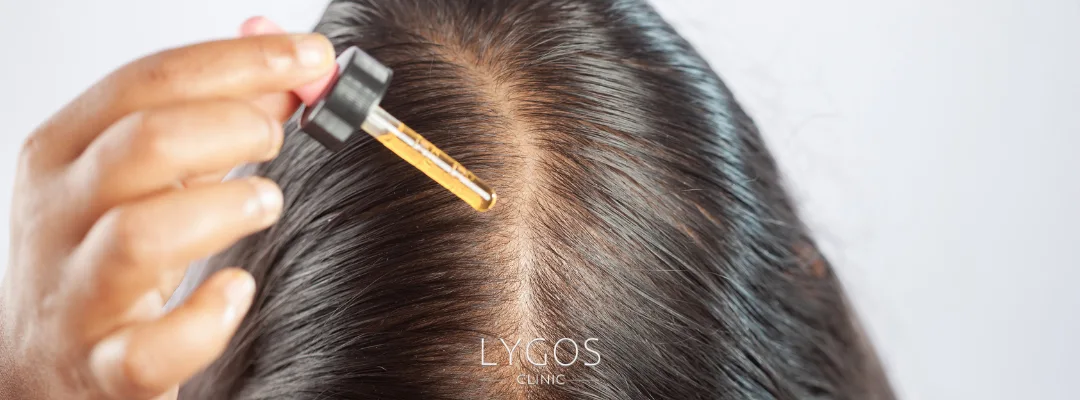What is Alopecia Areata? | How to Cope with Alopecia Areata?

Chose Your Topic
What is Alopecia Areata? How to Cope with Alopecia Areata?
Hair loss is a common problem experienced by many people, and alopecia areata is a notable type of hair loss. So, what is alopecia areata? Alopecia areata is an autoimmune disease that causes sudden and rapid hair loss in specific areas. In this article, we will examine in detail what alopecia areata is, its symptoms, causes, types, who it affects more often, and treatment methods.

What is Alopecia Areata?
The basic answer to the question “What is alopecia areata?” is that it is a hair loss problem caused by the immune system attacking hair follicles. Medically known as “Alopecia Areata,” it usually presents itself as round or oval bald patches. This condition causes hair to fall out suddenly and rapidly. To better understand alopecia areata, it is important to understand the mechanism of the disease. Normally, the immune system protects the body against harmful agents, but in alopecia areata, hair follicles are mistakenly targeted, resulting in hair loss.
Symptoms of Alopecia Areata
After understanding what alopecia areata is, it’s important to recognize its symptoms. The most noticeable symptom of alopecia areata is round bald patches that appear suddenly due to hair loss. These bald spots typically occur on the scalp but can also appear on the beard, eyebrows, and eyelashes. Other symptoms include:
- Weakening and thinning of hair follicles
- Mild itching or burning sensation on the scalp
- White spots, lines, or pits on the nails
- Usually, there is no redness or inflammation in the areas of hair loss
These symptoms help detect alopecia areata in its early stages.

Causes of Alopecia Areata
So, what causes alopecia areata? The exact cause is not fully understood, but genetic predisposition and immune system problems are thought to play a significant role in its development. Since the immune system attacks the hair follicles, rapid hair loss occurs. Stress, infections, hormonal changes, and some environmental factors can also trigger alopecia areata. In some cases, alopecia areata occurs alongside other autoimmune diseases such as thyroid disorders, vitiligo, and lupus.
Types of Alopecia Areata
After answering what alopecia areata is, it’s useful to know the different types of the disease. Alopecia areata commonly appears in these forms:
- Alopecia Areata (Patchy Type): The most common form. Round, bald patches appear on the scalp.
- Alopecia Totalis: Complete hair loss on the scalp.
- Alopecia Universalis: Loss of all body hair including beard, eyebrows, and eyelashes.
- Diffuse Alopecia Areata: Widespread, patchy hair loss without distinct bald patches.
Each type can affect a person’s quality of life differently and requires specific treatment approaches.
Who is More Likely to Get Alopecia Areata?
Alopecia areata can occur at any age but is most common in childhood or young adulthood. It affects men and women equally. People with a family history of alopecia or other autoimmune diseases are at higher risk. Stressful life conditions, sudden physical or psychological trauma can trigger alopecia areata. Additionally, individuals with thyroid diseases or rheumatoid arthritis are more prone to alopecia areata.

Treatment Methods for Alopecia Areata
The most effective way to cope with alopecia areata is early and correct treatment. Treatment options vary depending on the severity and type of alopecia areata. Main treatment methods include:
- Corticosteroid Treatment: The most commonly used method. Corticosteroids reduce the immune response causing alopecia. They can be applied via local injections or creams.
- Topical Immunotherapy: Used to block the immune system from attacking hair follicles, especially in widespread cases.
- Minoxidil: Reduces hair loss and promotes hair growth.
- Phototherapy: UV light treatment can benefit alopecia patients.
- Natural and Supportive Methods: Avoiding stress, eating healthily, maintaining regular sleep, and using herbal oils (like rosemary or lavender oil) can support treatment.
Treatment plans are personalized. In some cases, alopecia areata heals on its own, while others may require long-term therapy.
Alopecia areata is a significant disease that causes sudden, noticeable hair loss and can negatively affect quality of life. However, early diagnosis and proper treatments can control it. If you notice sudden bald patches on your hair, consult a dermatologist promptly. Remember, it is possible to fight alopecia areata!
What is Alopecia Areata? Frequently Asked Questions (FAQ)
Alopecia areata is sudden, round hair loss caused by the immune system attacking hair follicles.
No, alopecia areata is not contagious. It is an autoimmune disease and does not spread from person to person.
It generally starts in childhood or young adulthood. Those with a family history of autoimmune diseases, people under stress, or those with immune system disorders are at higher risk.
In some cases, yes, alopecia areata can improve without treatment, but usually treatment is needed.


